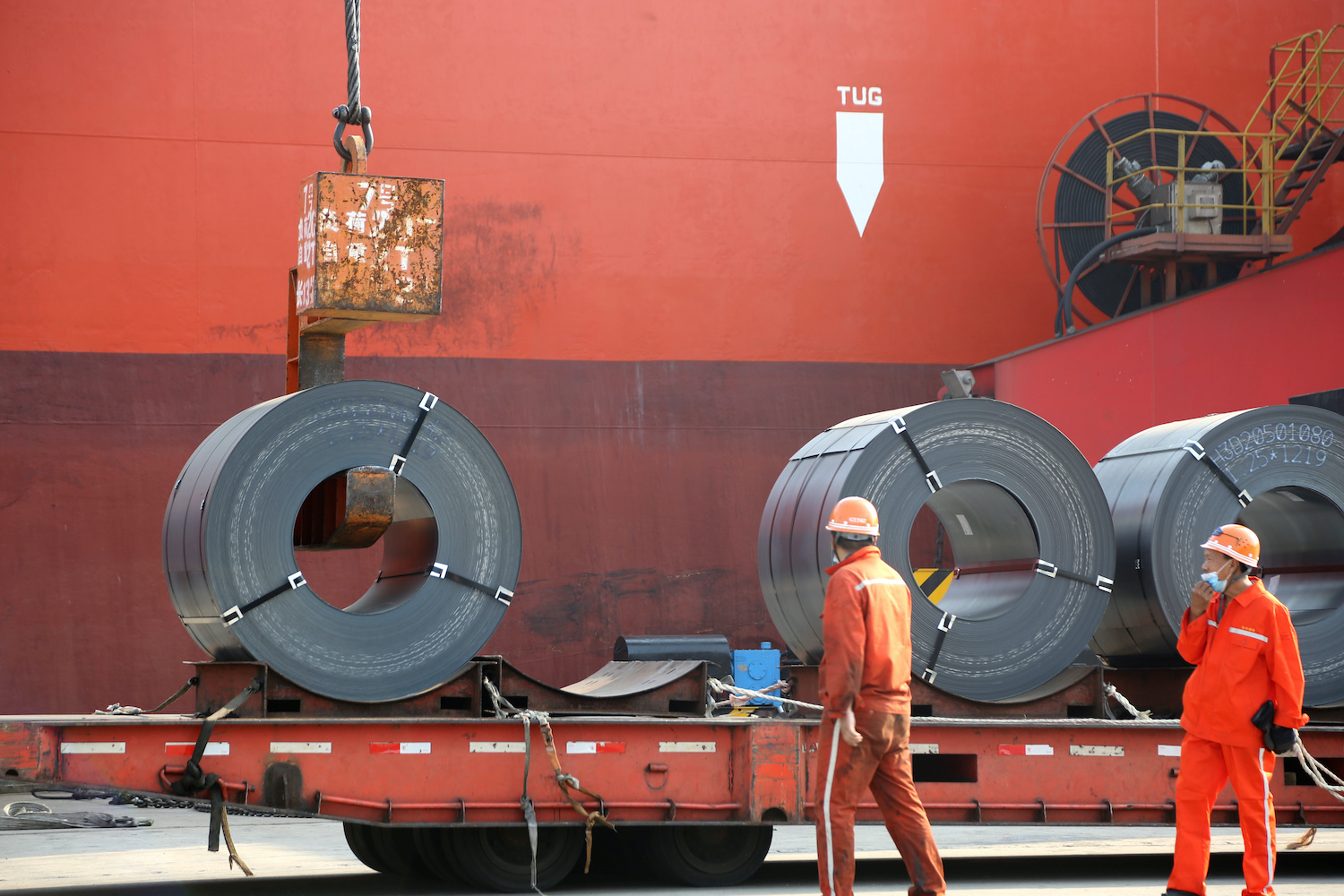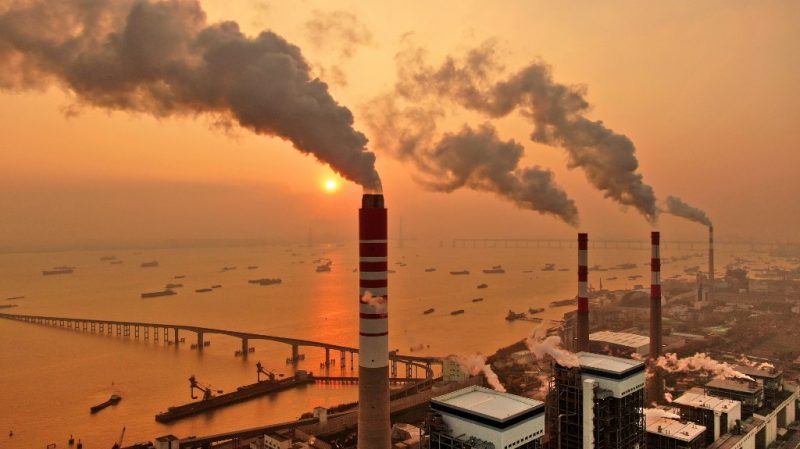The Shanghai Environment and Energy Exchange is getting ready for the start of carbon trading next week, ahead of the European Commission’s launch of a carbon border adjustment mechanism in mid-July
(AF) The Shanghai Environment and Energy Exchange, which will host the trading platform for China’s spot market for emission credits, is preparing for the official launch of carbon trading next week.
This is seen as an important part of Beijing’s growing efforts to counter global warming.
The eyes of the world will be on China, largely because it is far and away the biggest source of carbon emissions – about 10 billion tonnes of carbon dioxide a year, or 30% of global emissions, which is more than the US and Europe combined.
The Shanghai exchange issued a new set of trading rules this week, according to analysts. The rules clarify issues around trading periods and types of transactions and set floors and ceilings for daily trading price fluctuations, Eurasia Group said in a commentary on Friday.
“While set to cover roughly 40% of China’s CO2 emissions, the emissions credit market is expected to have modest transaction volumes and prices initially, owing to factors including the abundance of free emissions quota allowances and the omission of an absolute cap on emissions,” it said.
“Although the emissions trading system includes only the power generation sector for now, authorities are preparing to incorporate additional polluting sectors in its scope.
“This week, the Ministry of Ecology and Environment tapped the China Iron and Steel Association to conduct the preparatory work for bringing the sector into compliance with the carbon trading scheme, following similar moves made earlier this month with the building materials association.
‘Hostile attitude has softened’
“A primary factor behind Beijing’s urgency for broadening the coverage of the trading system is the looming carbon border adjustment mechanism (CBAM) that is set to be unveiled by the European Commission in July.
“Beijing’s hostile attitude toward the CBAM has softened and taken on a pragmatic turn, shifting from blunt pushback to advocating for all the levies being channeled to support developing economies in their emissions reduction efforts.
“Meanwhile, though still in its infancy, a new market for carbon futures trading is also gaining momentum, with the securities watchdog working closely with the newly established Guangzhou Futures Exchange on the design of its market mechanisms.”

Carbon Border Adjustment Mechanism
The European Commission is due to propose its Carbon Border Adjustment Mechanism on July 14. The move aims to put European firms on an equal footing with companies in countries which have weaker policies in regard to carbon emissions.
Euractiv, a website reporting on EU news, has said leaked documents show the EU will impose CO2 emission costs on imports of steel, iron, cement, fertilisers, aluminum and electricity.
But it said the measure would be phased in from 2023 and not fully implemented till 2026.
The documents allegedly spelt out the method for calculating embedded emissions in imported products, saying it would cover both direct emissions – those involved in the production “which the producer has direct control over, including emissions from the production of heating and cooling consumed during the production process” – and indirect emissions such as “electricity consumed during the production process of goods”.
Importers would need to provide information about goods they import, including “a unique identifier assigned by the CBAM authority”, the type and quantity, country of origin and what calculation has been used.
They would be required to buy digital certificates, with each one representing a tonne of carbon dioxide emissions embedded in their imported goods. The price of the certificates would be linked to the cost of permits in the EU carbon market and based on the average price of auctions of EU carbon permits each week, the website said.
ALSO SEE:
China to launch national emissions trading in mid-2021
PBoC outlines shortcomings in China’s carbon trading scheme
China must nix its coal addition to reach carbon neutral pledge
























